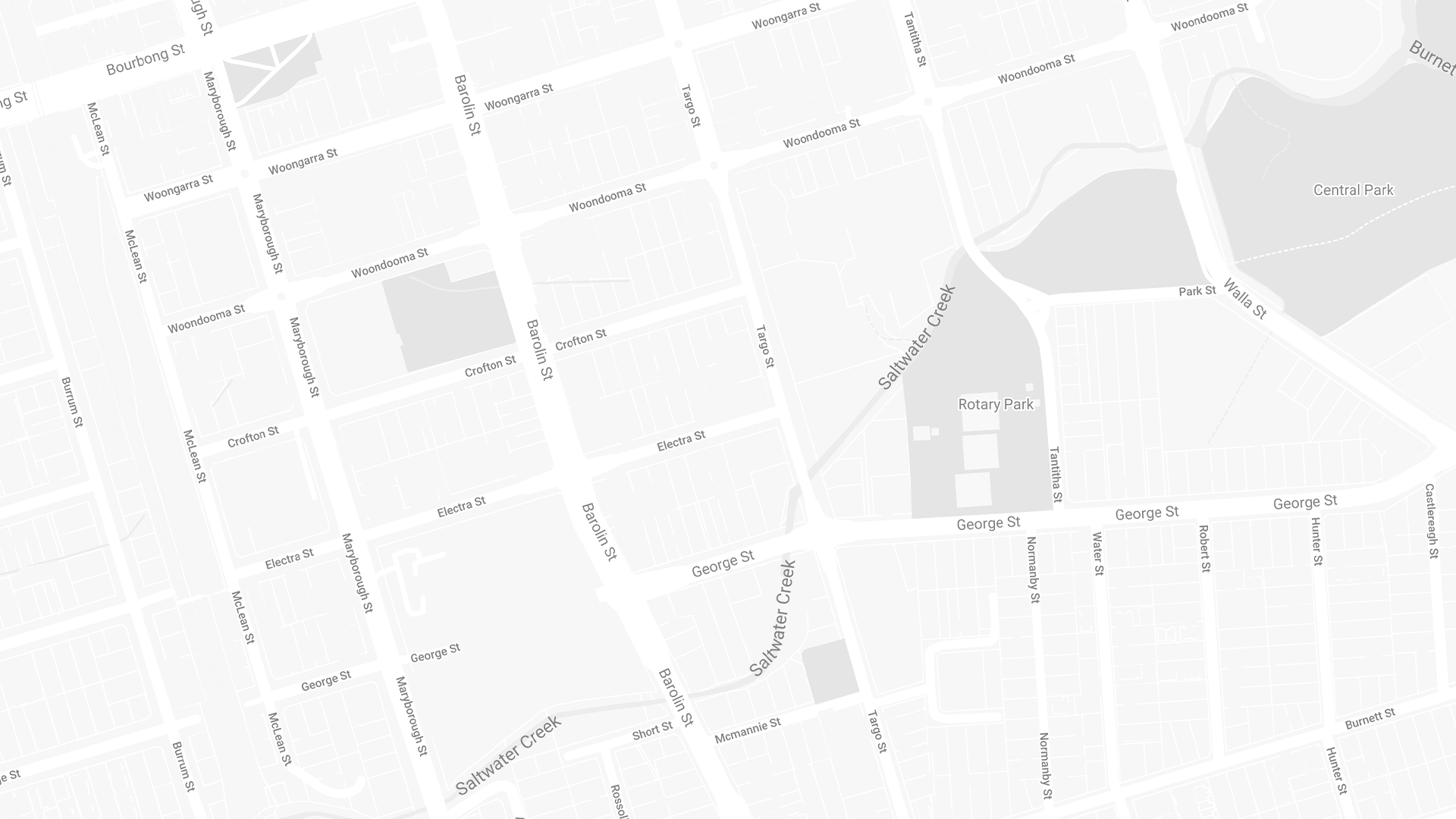At Rodney George Dental, we offer a number of restorative treatments to revive the functionality and aesthetics of your smile
Restorative Dentistry
Thanks to some exciting advancements in the field of dentistry, there are numerous ways to restore damaged and missing teeth. If you have gaps in your mouth or have suffered some damage to your teeth, we encourage you to come in and see us to find out what your options are.
We offer the following restorative treatments:
Tooth Extractions
While we would all like to keep our natural teeth for a lifetime, the reality is that there are situations where extraction is necessary. Extractions are often performed when a tooth has been severely damaged, either as a result of decay or trauma.
What does the procedure involve?
If your dentist has recommended a tooth extraction, you will be given a local anaesthetic at the site of treatment. This will ensure that you don’t feel any pain or discomfort during the procedure. In cases where the tooth has become impacted, your dentist will carefully cut away any bone and gum that is covering the tooth before loosening the tooth and removing it from the jaw. If the tooth is particularly hard to remove, it will be removed in a few separate pieces.
Once the tooth has been extracted, the socket will be packed with gauze to help stop excessive bleeding. In some cases, the site of extraction may need to be stitched, but this will depend on the case.
What is the recovery like?
After you have had a tooth extracted, you can expect to take a few days to fully recover. Your dentist may prescribe some painkillers to help minimise any pain and discomfort that you experience.
Your dentist will place some gauze at the site of extraction and it can be helpful to bite down on this in order to minimise discomfort. Applying an ice pack to the site of surgery can also help to reduce swelling following the procedure.
During the recovery process, we recommend that you stick to a diet of soft foods. Some good options in include yoghurt and mashed fruits and vegetables. As your mouth begins to heal, you can gradually reintroduce solid foods back into your diet.
It is very important that you stick to your usual oral hygiene routine even when recovering from a tooth extraction. We recommend that you brush and floss your teeth as usual — just be careful to avoid the site of extraction while your mouth is still recovering. The recovery period differs from person to person, but you can generally expect healing to take between a week or two. New tissue will gradually grow and cover the gap where the tooth was extracted.
If you have a missing tooth, there are a number of treatments that may be suitable for you. At Rodney George Dental, we offer dentures. Dentures are removable replacements and are available as both complete and partial options. Complete dentures are used in cases when all one’s teeth are missing, while partial dentures are used when just one or a few teeth are missing.
How can we help?
If you are suffering from severe dental decay or another issue that has caused damage to a tooth, we recommend that you come in for a consultation. Dr George will examine your teeth and let you know what kind of treatment is best for you. If an extraction is the right course of action for you, Dr George will guide you through the process and explain each step to you. If you have any questions or concerns, please don’t hesitate to raise them with your dentist. Our team provides top-quality care and looks forward to supporting you through your treatment in a relaxed and safe environment.
Root Canal Therapy
Root canal therapy is a treatment that is often recommended in cases where a tooth has become severely infected or decayed and cannot be saved. During a root canal treatment, your dentist will carefully remove the infected nerve and pulp before cleaning and sealing the tooth. Although many patients are nervous about the treatment, the procedure is actually very safe and effective and our team will ensure that you are as comfortable as possible throughout your time with us.
When is root canal treatment recommended?
Root canal treatment is often an effective treatment when the tooth nerve and pulp have become inflamed or infected. When the nerve tissue or pulp of the tooth is damaged, bacteria can begin to multiply in the tooth chamber, which in turn leads to infection or the development of an abscess.
Some signs that you may need a root canal include sensitivity to heat or cold, severe pain when chewing or biting, chipped or cracked teeth, swollen gums, and deep decay. If you have experienced any of these symptoms, we recommend that you come in for a consultation so that Dr George can examine your teeth and recommend a treatment best suited to your situation.
What does the procedure involve?
To begin the process of root canal treatment, your dentist will take some x-rays. These will help determine whether or not there are any signs of infection and allow your dentist to see the shape of the root canals. Once the treatment has been planned, your dentist will administer a local anaesthetic to the site of treatment. This will ensure that you won’t feel any pain or discomfort during the procedure.
In order to access the affected area, your dentist will drill into the tooth and remove any pulp, bacteria and damaged nerve tissue. When the area has been thoroughly cleaned, your dentist will seal the tooth. A filling will then be placed in order to close the hole in the tooth.
In some cases, further restoration, such as the placement of a crown, may be necessary. Crowns can offer additional protection and stability to teeth that are prone to weakness and breaking. If you need more restorative procedures, Dr George will guide you through the process and formulate a treatment plan that suits you.
How long does recovery take?
After your root canal treatment, it is completely normal to experience some numbness while the anaesthetic wears off. Once the feeling has returned to your mouth, you may experience some sensitivity as a result of inflammation. Your dentist will advise you on the best painkillers to help ease any discomfort.
We recommend that you avoid chewing on your affected tooth until your root canal treatment is complete. If you have a temporary filling or crown in place, try not to chew on it so that you can keep the area as clean as possible and reduce the risk of a broken tooth. Stick to your oral hygiene routine by brushing and flossing daily to keep your mouth free from infection.
If you would like to find out more about root canal therapy, please don’t hesitate to get in touch with us. Dr George and the team are happy to answer any questions you might have. Root canal treatment has a reputation for being painful, but thanks to the use of a local anaesthetic, you actually won’t feel any discomfort during the procedure itself. While you may experience some swelling and sensitivity after the procedure, you should not feel any severe pain. Our team will make you feel as comfortable as possible. We look forward to welcoming you to our safe and relaxed practice.
Crowns and Bridges
Dental crowns and bridges are used in restorative dentistry to strengthen and restore damaged or missing teeth. They may be recommended for a number of reasons and are generally very effective when it comes to restoring function to the teeth.
What are crowns used for?
Dental crowns are used to cover and strengthen a damaged tooth. Besides helping to restore function, crowns can also be used to improve a tooth’s appearance. Crowns are also used to cover dental implants and provide a natural-looking result. Some of the most common reasons your dentist may recommend a crown include replacing a filling when there is very little natural tooth remaining; protecting a weak tooth from breaking; restoring a broken tooth; concealing a discoloured tooth; covering a tooth following root canal treatment and attaching a bridge. Crowns are available in a range of materials, including porcelain, ceramic, metal alloys and acrylic. The type of crown that you choose will depend on a number of factors, including where it is being placed and the extent of the damage you are having repaired.
What are bridges used for?
Bridges are often recommended for patients who are missing one or multiple teeth. In fact, there are a number of health benefits to replacing missing teeth so bridges are often an effective option for those who are struggling with issues like shifting teeth and difficulty biting and chewing. Bridges are attached to the natural teeth or implants surrounding the gap left by missing teeth. These teeth or implants are known as abutments and act as anchors for the bridges. A replacement tooth is then attached to the abutments. Bridges are available in a range of materials, including porcelain and ceramic and can be customised to match the colour of your teeth.
How are dental crowns and bridges placed?
Before your dentist places your crown or bridge, he will reduce the size of your natural tooth to ensure a proper fit. Once this process is complete, an impression will be taken — this will be used as a mould for the fabrication of your crown or bridge. Crowns and bridges are fabricated in specialised laboratories. Your dentist may place a temporary crown or bridge while you wait for your final product to arrive. When your permanent crown or bridge is ready, your dentist will use special dental cement to secure it over your tooth.
If you would like to find out whether you are suited to dental crowns or bridges, we recommend that you come in for a consultation. Dr George will perform a thorough examination and let you know what treatment is best for your needs. Gaps caused by missing teeth can cause some serious oral health issues, such as shifting teeth, misalignment and difficulties with functions like biting and chewing. It is best to have missing teeth replaced for the sake of your overall wellbeing.
Is it possible to replace an extracted tooth?
If you have had a damaged tooth removed, you might consider replacing it. Having a missing tooth can lead to a number of oral health issues, including shifting and misaligned teeth and difficulties with oral functions like biting and chewing.
How should you take care of your crown or bridges?
Once you have had a crown or bridge placed, it is important that you stick to a good oral hygiene routine. This involves brushing your teeth at least twice a day and flossing daily. Crowns and bridges are designed to last a lifetime, but in some cases, they can become loose. You can help to maintain their longevity by maintaining the health of your teeth and gums and preventing gum disease and tooth decay from developing. We also recommend that you come in for regular dental check-ups and cleans so that we can pick up on any issues before they become serious.
Get in touch
Please fill in our online enquiry form to ask a question or book an appointment, our friendly team will get in touch with you shortly. We look forward to hearing from you!
- Monday 8:30 am-5:00 pm
- Tuesday 8:30 am-5:00 pm
- Wednesday 8:30 am-5:00 pm
- Thursday 8:30 am-5:00 pm
- Friday Closed
- Saturday Closed




